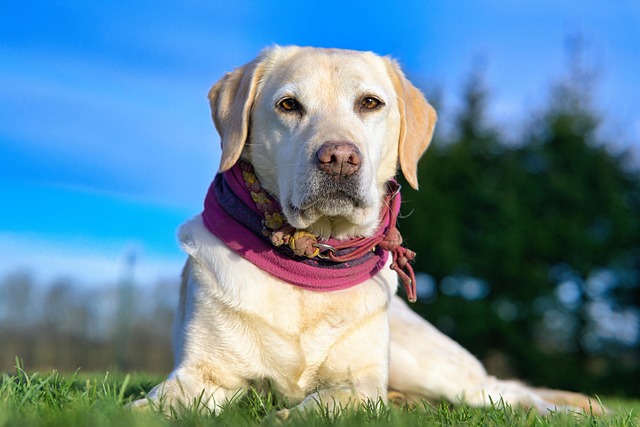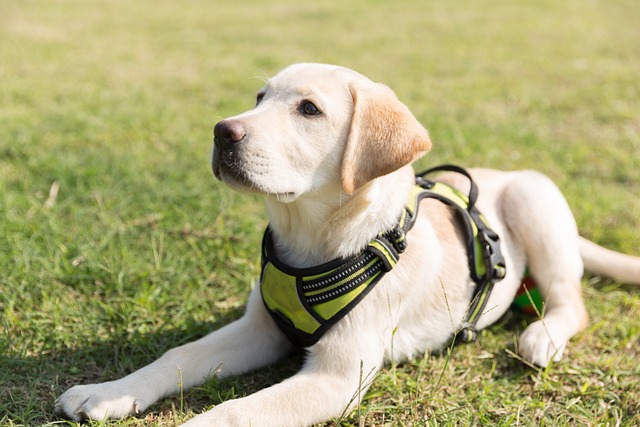
How do i train my dog to be obedient?
Watching your dog dart across the park ignoring your calls isn’t just frustrating—it can put them at risk near busy streets or public spaces.
New puppy parents often ask, “When’s the best time to start training?” while rescue owners of older dogs worry, “Is my 7-year-old too set in their ways?” The truth is, dogs can learn at any age—from 8-week-old fluffballs to gray-muzzled seniors—but the how changes with their life stage. Let’s break down what works, when.
Puppies hit a critical learning window between 3 and 14 weeks, when their brains are like sponges soaking up new experiences. This is when socialization (meeting other dogs, hearing loud noises) and basic commands (“sit,” “come”) stick fastest. I once helped a client train their 10-week-old Lab mix to “potty outside” in two weeks by taking her out after naps and meals, then cheering like she’d won a prize when she went. Keep sessions 5 minutes max—puppies get bored fast.
Adolescent dogs (6–18 months) might act like rebellious teens, ignoring commands they once knew. That’s normal—their hormones are raging. My neighbor’s 1-year-old Aussie Shepherd started darting toward squirrels on walks, but consistent “leave it” training (showing a treat, saying “leave it,” rewarding when he looks away) fixed it in a month. Short, frequent sessions (3–4 times a day) work better than one long drill here.
Seniors? They’re often the easiest. A 12-year-old Beagle I worked with learned “stay” in three weeks—slower sessions (10 minutes) with extra treats (soft, since his teeth were sensitive) did the trick. Older dogs thrive on routine, so training around their mealtimes or walks helps them focus.

Apartment dwellers need to adapt: For puppies, teach “quiet” by rewarding silence when the doorbell rings. For older dogs, practice “down” while you’re watching TV to reinforce calm behavior. Always carry waste bags—cities like Denver fine $100+ for not cleaning up, and it’s basic dog park etiquette too. Make sure puppies get their core vaccines by 16 weeks (required by most states) before socializing—no exceptions for health and legal reasons.
Never use punishment—shouting or hitting breaks trust and contradicts U.S. animal welfare guidelines. Positive reinforcement (treats, pets, play) works at every age. Whether you’re training a wobbly-legged puppy or a gray-muzzled companion, patience and consistency beat age every time.

Watching your dog dart across the park ignoring your calls isn’t just frustrating—it can put them at risk near busy streets or public spaces.

New puppy owners often find themselves rushing to clean up accidents before they set in, and that’s where puppy pad training becomes a game-changer.

If you've noticed your dog's waistline disappearing and your veterinarian has mentioned those few extra pounds, your first instinct might be to simply reduce the amount of food in their bowl.

Training a dog to use a designated spot indoors isn’t as daunting as many new owners fear, but it does take consistency and an understanding of your pet’s needs.

That moment of dread on a walk is all too familiar for many new dog owners. You see another dog approaching down the sidewalk of your neighborhood

If the sight of another dog on your neighborhood walk makes your heart sink as your own dog erupts into a frenzy of barking and lunging, you're not alone.